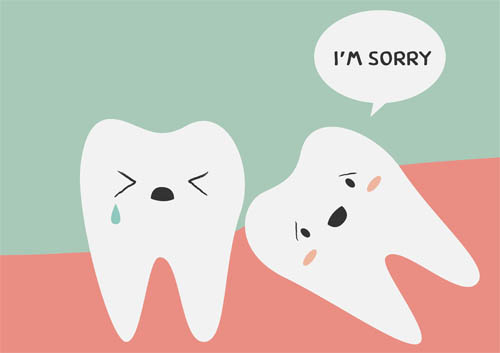Are dental implants painful? What You Need to Know
March 8th, 2016

Whether it is the result of tooth decay, gum disease, or injury, millions of people suffer tooth loss. Dental implants provide a strong replacement tooth root for fixed replacement teeth that are designed to match your natural teeth. Of course, there is one question all patients have about dental implants: are they painful?
Dental implant placement is performed under local or general anesthesia and is not considered a painful procedure. However, if the surgery is more complicated and involves bone or tissue grafts, there may be slightly more discomfort and swelling. At the same time, every patient has a different threshold for pain, so what may bother one person may not bother another. If you experience any pain from dental implants, there are several things can do to relive it.
Relieving Pain from Dental Implants
1. The initial healing phase can last up to seven to ten days. Over-the-counter painkillers such as Tylenol, Ibuprofen, and Motrin work well to alleviate any pain or discomfort you may experience. However, only take these if instructed to by Dr. Gregory Weaver.
2. Once you leave our Raleigh, NC office, you can reduce inflammation and any swelling to your cheek or lip by holding an ice-pack on your face over the implant area.
3. Your gum will be tender for the first few days. We often recommended that you bathe your gums with warm salt water.
4. Steer clear of crusty or hard foods for the first day or two. Ice cream, yogurt, and other soft foods are ideal as your gums will be tender.
5. Dental implants are a relatively straightforward oral procedure. Many people take time off from work to have dental implant surgery, and then return to regular activities. However, if you are feeling any pain or discomfort, there is nothing wrong with taking the day off, relaxing, and putting your feet up.
There is typically no severe post-operative pain with dental implants. When most people return for a follow-up appointment about two weeks later, they often say that getting a dental implant was one of the least painful procedures they’ve experienced.



